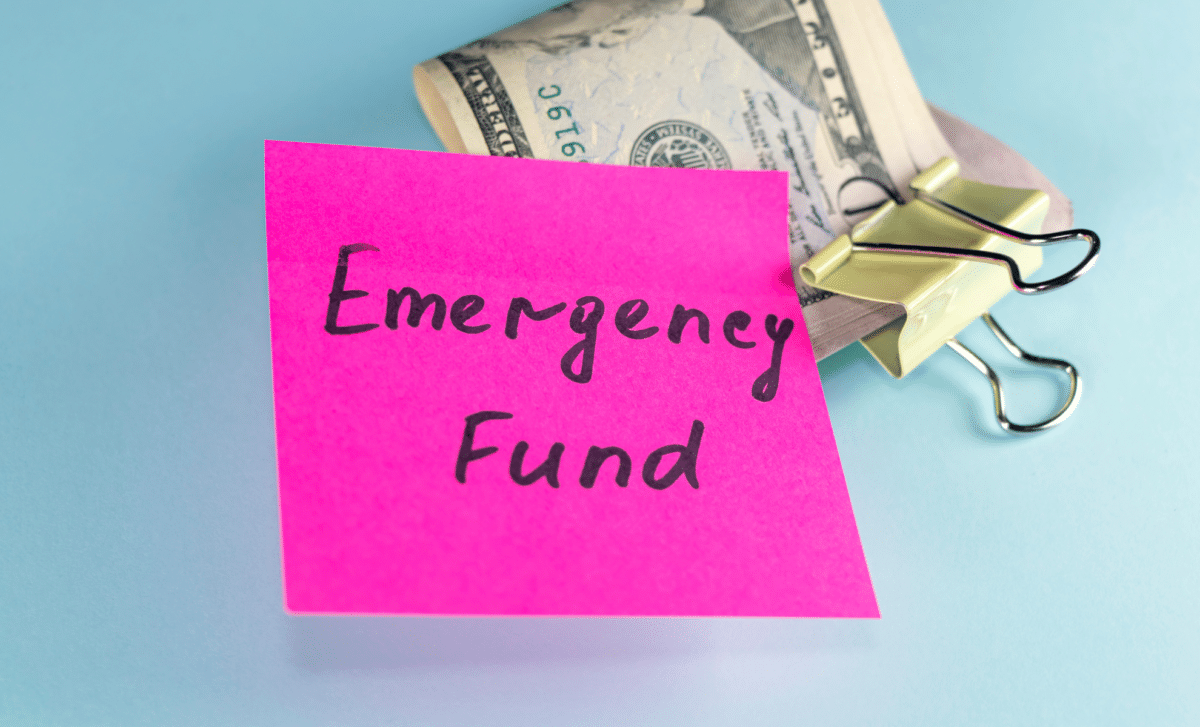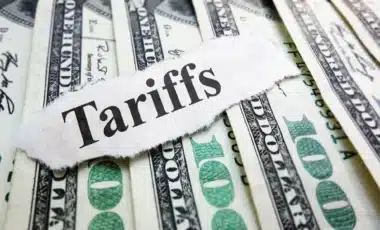The start of the new year brought about more favorable economic conditions for Americans than anticipated, with declining inflation rates and robust employment figures exceeding expert predictions. However, despite this unexpectedly strong economic performance, a significant number of Americans find themselves lacking sufficient savings to weather unforeseen emergency expenses.
Persistent Emergency Savings Concerns Amid Limited Preparedness for $1000 Expenses
According to the latest Bank rate survey, just 44% of U.S. adults claim they would cover a $1000 or more emergency expense from their savings. This marks a slight increase from 2023, where 43% reported the same, and show no change from the figures observed in 2022.
For those without sufficient savings, 35% would resort to borrowing, either through credit card financing, personal loans or seeking assistance from family or friends. The findings, part of Bank rate’s annual emergency savings report conducted in collaboration with polling partner SSRS, highlight persistent concerns regarding Americans’ preparedness for unforeseen financial challenges.
The survey, ongoing since 2014, polls over 1,000 U.S. adults yearly, exploring their emergency savings levels and gauging economic factors influencing savings behaviors, along with assessing worries about emergency funds in case of job loss.
The most recent data, collected in December 2023, delves into the economic challenges affecting savings habits and the anxiety surrounding emergency funds in the event of income loss.
Key Insights on Emergency Funds and Personal Savings
A recent examination of financial preparedness in the United States reveals noteworthy statistics on emergency funds and personal savings. Less than 45% of American adults claim they are able to cover a significant emergency expense of $1000 or more from their savings, prompting 35% to consider borrowing money. This borrowing includes 21% relying on credit card financing, 10% seeking help from relatives and 4% opting for personal loans.
Inflation emerges as a prevalent factor affecting saving habits, with 63% of U.S. adults citing it as a reason for saving less for unexpected expenses. Similarly, 45% attribute decreased savings to rising interest rates, while 19% find themselves saving more due to these rate hikes.
The specter of low savings looms large, as 66 % express worry about not having sufficient emergency funds to cover a month’s living expenses if their primary household income were to vanish suddenly.
A substantial 57% of U.S. adults express discomfort with their current emergency savings level, based on May 2023 polling. However, there is a slight positive trend, with only 22% reporting having no emergency savings at all, marking the second-lowest percentage in 13 years of polling conducted as of May 2023.
Behavioral Expert’s Insight on Overcoming Savings Challenges
Mark Hamrick, Bank rate Senior Economy Analyst, highlight the precarious financial situation of many Americans, noting that fewer than half would use their savings to cover a $1000 more emergency expense. He identifies inflation as a significant obstacle hindering progress in savings. Despite this challenge, he notes a silver lining in the form of rising interest rates, which provide more generous returns on savings.
Hamrick draws attention to the paradoxical situation where high-interest rates on credit card debt, averaging nearly 21 percent, coexist with the fact that 21% of Americans could use credit cards and pay off expenses over time. He warns that this approach risks setting individuals further back on their financial goals.
Expressing concerns about the sizable percentage of adults without savings or credit card debt, Hamrick emphasizes the risk of significant stress or financial hardship when confronted with unplanned expenses like major home or auto repairs.
For those prioritizing emergency savings, the expert sees an advantageous moment to benefit from increased interest rates. He recommended leveraging high-yield savings accounts, emphasizing their liquidity and accessibility as a form of self-insurance against unplanned expenses.
The optimistic economic conditions at the beginning of the year, marked by declining inflation and robust employment figures, seemingly coexist with a concerning financial reality for many Americans, as highlighted in the latest Bank rate survey.
A Relativized Look at How Average Americans Approach Unexpected Expenses and Savings
The survey indicates that over one-third of Americans would borrow money when faced with an unexpected $1000 expense requires careful consideration.
As highlighted by a user on Reddit /r/ economy forum, the survey question asks, “How would you pay for an unexpected $1000 expenses ?” The provider options, such as “put it on a credit card” or “reduce spending”, don’t explicitly reveal whether the individuals have savings but rather reflect their preferred approach to handling the expense.
While the survey suggests that a significant percentage would borrow, it doesn’t necessarily confirm a lack of savings. Individuals may opt for alternatives like credit cards or spending cuts for reasons beyond the absence of savings, such as reluctance to deplete their savings or seeking more immediate financial solutions.
Responses indicating borrowing may not solely stem from insufficient savings but could be influenced by financial attitudes and preferences. Reluctance to use savings might be a deliberate choice, emphasizing the importance of understanding individual financial behaviors.
The survey’s focus on preferred methods of payment doesn’t provide a complete picture of individuals’ financial health or the actual availability of savings. Responses may reflect diverse financial strategies rather than a lack of preparedness.
It’s crucial to interpret the survey data with nuance, recognizing that respondents may have varying financial situations and strategies. A preference for alternatives to savings doesn’t necessarily indicate financial vulnerability but rather diverse approaches to managing unexpected expenses.
Contrary to the survey’s implication, the commenter also highlights that direct inquiries about savings status provide a different picture. With a median American savings of $8000, it becomes less likely that 44% have savings below $1000, challenging the survey’s interpretation.
The survey data, as highlighted by the comment, underscores the importance of nuanced interpretation. It prompts a reevaluation of the survey’s relevance to determining individuals’ actual savings status and emphasizes the need to consider diverse financial behaviors and decision-making processes.









